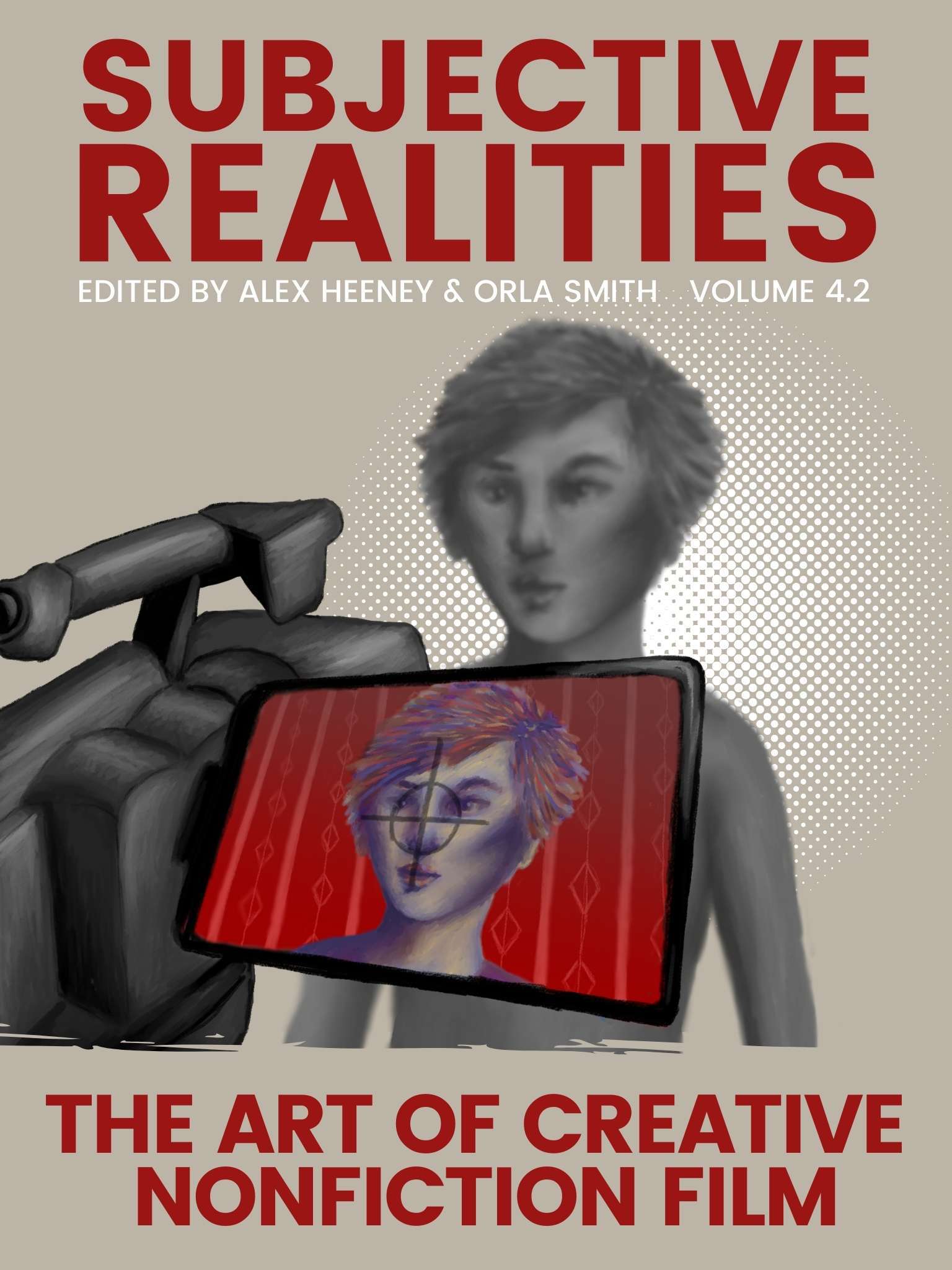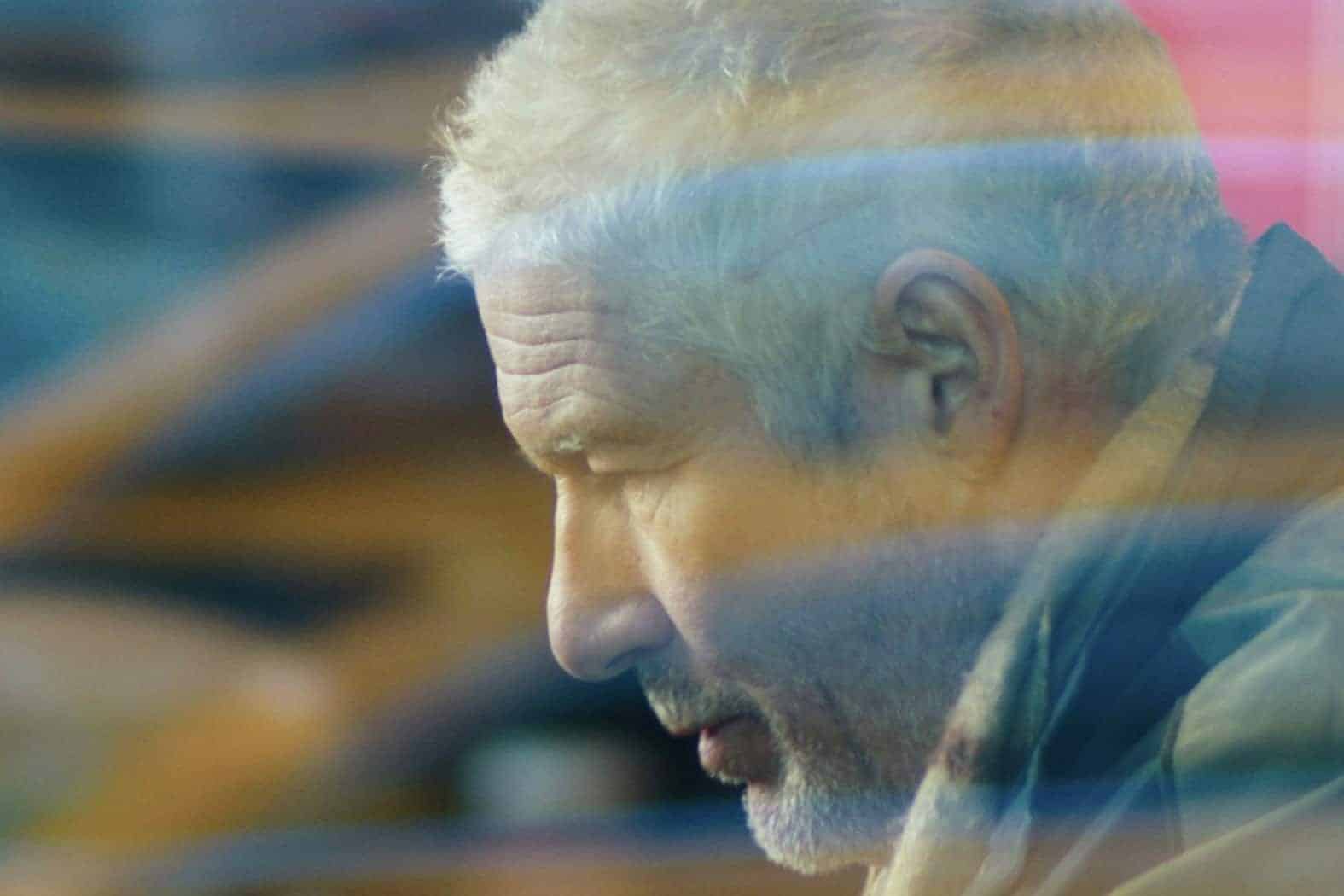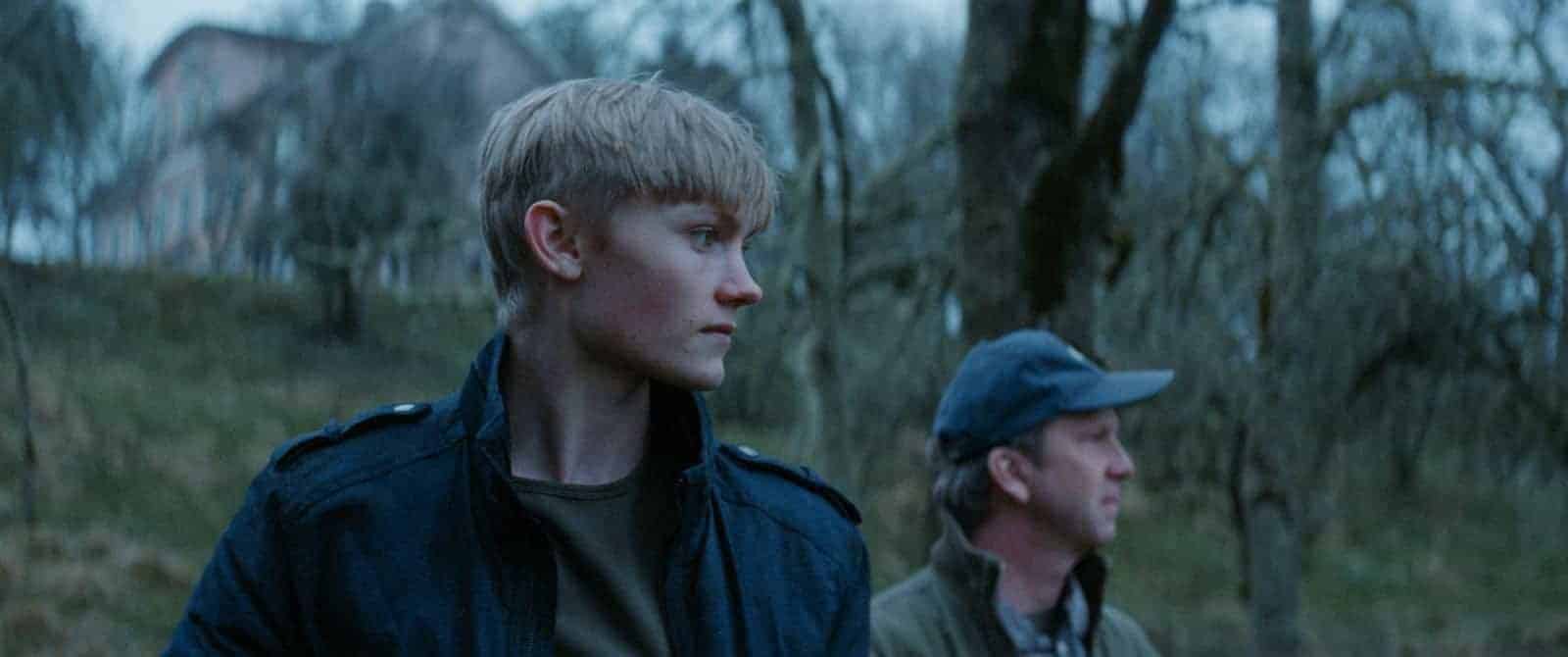One of the best films to premiere at TIFF15, 88:88 is an emphatic statement on poverty and debuts an exciting, radical new voice in cinema: Winnipeg-based Isiah Medina.
88:88, an emphatic statement on poverty, debuts an exciting, radical new voice in cinema: Winnipeg-based Isiah Medina. The numbers ‘88:88’ flash across alarm clocks when electricity goes out: The accurate time is replaced by these place holders and time essentially stands still. The central philosophical meaning of 88:88 in the film is one of stasis, and how that stasis caused by poverty subjects people to a minimized life.
Medina has crafted an intellectual picture akin to late Godard movies, like Goodbye to Language 3D and Film Socialisme, both in form and ideological presentation. The key thing that separates Medina from Godard, and other more difficult auteurs, is accessibility. Medina’s cinema is very much of the people, on the ground, of the moment, and informed by emotional resonance instead of a more clinical approach. There’s plenty of intellectualism here, but Medina never places his ideas above the characters. He is most concerned with how his characters evince his ideas on poverty, not the other way around.
88:88 plunges you into the milieu of the Winnipeg underclass: people who are living without the choice to live with more. Characters languish in their day to day lives and discuss the covetous nature of not having enough money to live happily. In one especially telling scene, a character breaks down in tears over not being able to afford the privileges that his friends enjoy, like seeing Jay-Z and Beyonce in concert together. He isn’t angry at his friend for having more than him. He’s angry at a system of unending poverty that seizes everything he would want.
Medina’s formal elegance is exemplary. Shot mostly in elegant digital with the RED Camera, Medina incorporates several other visual modes, including 16mm and various camera phones. There’s a tremendous amount of overlapping imagery and collage-like work in the film’s DNA. The 16mm and camera phone contrast with the more traditional look of the contemporary RED.
The image is about more than just form though, and Medina pays a great deal of attention to how his friends, who act in the film, are presented. There is a warmth that immediately recalls the photo-album lyrical work of Jonas Mekas’ landmark documentary As I Was Moving Ahead Occasionally I saw Brief Glimpses of Beauty, another masterwork far ahead of its time that shows the beauty of humanity. Medina will often pick a single image to linger on, like a woman smiling or a child playing with a phone, but then use editing techniques to have other images wash in on top of the previous image. This fragmented imagery creates an effect that feels like a cinematic memory bank. When you look back on moments in your life, it’s often singular images or simple moments that stand out. Medina’s images feel like those moments.
Aside from formal experimentation in image, 88:88 also engages in new narrative techniques through rap music. The freestyle rapping works as a makeshift Greek chorus to reveal the current mood of the characters and to narrate events. Rap music is a lyrical genre that relies on what the speaker is saying. Like blues before it, it became the music of African American culture, but has since spread all over the world as a vessel for the working class to create music through freestyling. 88:88 has many sequences where freestyle rap is performed by the characters in the movie over the collage-like imagery. Those rhymes are a reaction to the characters financial situation so rap is a necessary part of the characters’ lives, just as it’s a necessary part of Medina’s thesis on poverty.
As the Canadian dollar hits near catastrophic lows, Medina’s film feels particularly prescient and important to our country in recession as we head into this fall election. In this way, 88:88 feels incredibly of the moment, but it will last — not as an activist film exclusively, but as something so much more. Something beautifully human. Something to be looked at years from now as a significant work of experimental cinema.
88:88 does not yet have North American distribution, but it will be making the rounds on the festival circuit (next up NYFF and VIFF), and it’s a must-see on the big screen.




